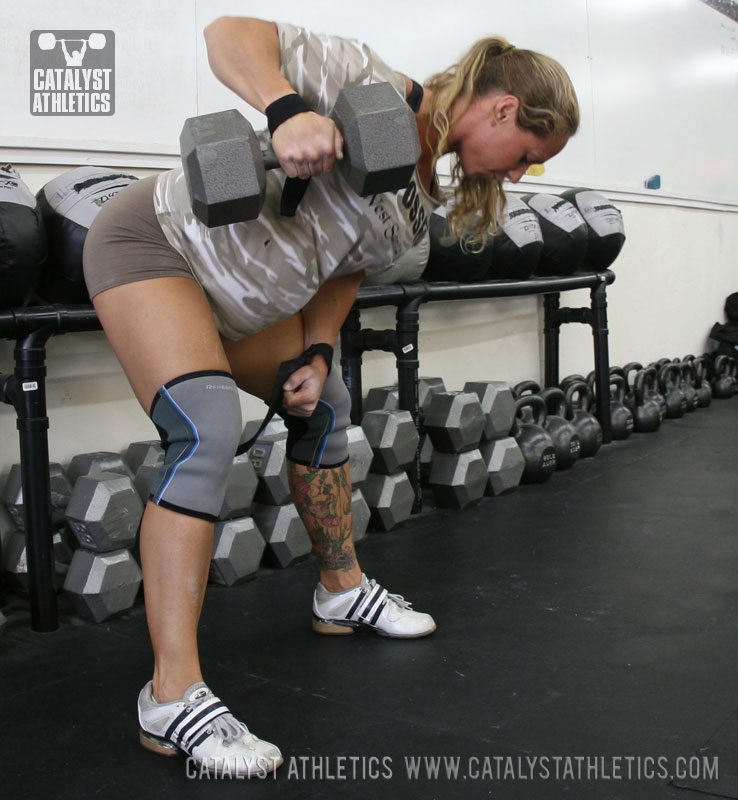January 31 2008

If you are in the strength and conditioning game long enough you are going to encounter structural and muscular imbalances along the way.
These imbalances and weakness occur naturally and by way of accident or injury. Rarely if ever will these situations correct themselves. The least offensive result is a decrease in performance. The most offensive result is a career ending injury.
The old cliché of the ankle bone being connected to the hip bone and so on is not far off base.
Physical therapist and sports medicine experts have been able to find interesting correlations between far reaching joint problems (weaknesses).
For example, a weak and immobile hip will many times indicate an opposite side issue with the shoulder (scapular) mobility. Pat yourself on the back it you guessed a tight right hip with left scap issues?
Pain and tightness in the I.T. band will inhibit development in the vastus medialis obliquus (VMO) The prescription? Foam rolling or the stick prior to terminal knee extensions, quad sets and short step-ups.
Clearly, it takes some time to degrade to these points. So, what’s the trainer to do with a healthy population? Be proactive with your healthy athletes/clients by incorporating multitude of unilateral moves.
In my practice I toss in a good sampling of unilateral training with my favorite universal tool— the dumbbell!
Just to be clear, bilateral training would be moving a load with BOTH sides of the body while unilateral training would be moving a load with ONE side of the body.
This chart should be helpful.
| BILATERAL MOVEMENT | UNILATERAL MOVEMENT |
| Squat | Hammer lunge series |
| Horizontal press | Alternating horizontal DB press |
| RDL | Single leg RDL |
| Deadlift | Single Leg deadlift |
| Vertical Press | Single Arm DB Press |
If you have followed the dumbbell articles in the past you will no doubt recognize some of the movements from past issues. I’m not bullish on unilateral training solely for its body balancing impact I also like the complete athletic development resulting from such work. I will encourage you to revisit these for the finer points.
Here’s a couple of samplers get you started. The first couplet places emphasis on upper body while the second places the emphasis on the lower body. You could mix and match these to spread the stimulus over both upper and lower.
How many rounds can you complete in 15 minutes?
- 7 DB Single Arm Hang Clean & Press
- 7 Single Arm Horizontal Pulls
- 7 Single Leg Deadlifts
- 7 Single Leg RDL
In my large group classes I embrace the shotgun approach to addressing unilateral weaknesses. I incorporate so many unilateral sessions in constructing my workouts that I assume weaknesses are being addressed.
Your own situation may necessitate closer examination. It may be more appropriate for you to use some of these movements prior to attacking your workout of the day.
